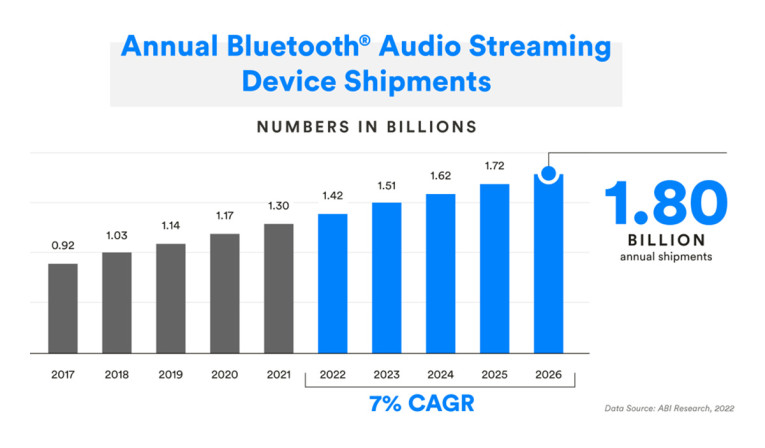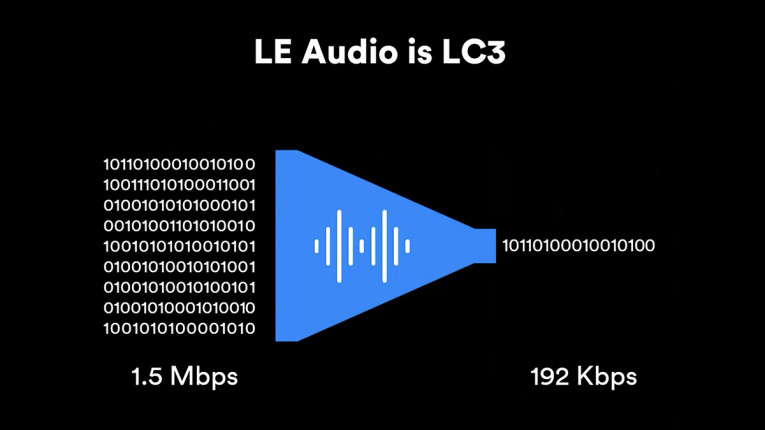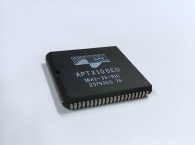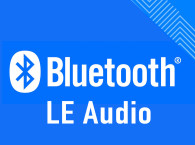
In 2014 and 2015, I wrote an extensive series of articles for audioXpress exploring the many different facets of wireless audio technology. I tried to explore some of the exciting pioneering efforts happening then, including an April 2015 article focusing solely on Cambridge Silicon Radio (CSR), then an important provider of silicon and software solutions for wireless audio that was just about to be acquired by Qualcomm.
CSR's technology portfolio included technologies and solutions in many areas such as GPS/GNSS systems, DSPs, broadband receivers, Bluetooth, Wi-Fi, FM, NFC, aptX, and Clear Voice Capture (CVC) audio codecs, imaging codecs, and microcontrollers. With its long history in digital audio and processing technologies and reputation as a pioneer in Bluetooth since 1999, CSR was clearly one of the most important solution providers for the consumer electronics industry.
In July 2010, CSR acquired a company called Audio Processing Technology (APT), founded in 1989 in Belfast, Northern Ireland. With that acquisition, CSR became a leading player in high-quality digital audio transmission, with licensing agreements with many companies of its apt-x algorithm (now aptX), a scalable and higher-quality audio codec that proved to be particularly suited to Bluetooth wireless audio due to its stronger error resilience, lower latency, and low power consumption, suitable for portable, and battery-driven applications.

In my seven articles on wireless audio, until 2015 I explored the roots of the key technologies that were already defining the future direction in home audio and personal audio, right at the moment when the powerful mobile industry was discovering the exciting possibilities to combine wireless audio solutions to expand the appeal of mobile phones.
For wireless audio, it seems like ages ago, but it was just seven years. In that time, Wi-Fi almost faded away from being the intense battlefield for conquering home audio and home theater applications (I'll get back to that in another article), as the sheer product volumes happening in the mobile and personal audio spaces boosted Bluetooth to become the most widely adopted technology for wireless audio.

And Bluetooth LE Audio, the Next Generation of Bluetooth Audio was announced in January 2020. Then the global pandemic hit, and much work has continued out of sight, but not much progress resulted in the more than two years since that historic announcement. More importantly, it becomes clear from the many developments that have occurred since then that the industry's expectations needed to be much more ambitious than what has been confirmed so far for the “under completion” Bluetooth LE Audio specification.
And that is why I highlighted my article about CSR/Qualcomm/aptX from 2015, because one just needs to compare the scope of what was announced over the last year by this company, including the announcements of lossless CD-quality streaming over Bluetooth at the Mobile World Congress 2022 in Barcelona, to understand that the Bluetooth SIG needs to move faster.


As it happens every year, this week the Bluetooth SIG published its latest Bluetooth Market Update, now available online. Once again, the Bluetooth SIG highlights the fact that the technology continues to target multiple potential applications, while recognizing the vital importance of wireless audio today. The ambition continues to be to expand into wearable devices, asset tracking, and network lighting control, in consumer, commercial, and industrial use cases - as determined by the companies that make up the dominant Bluetooth SIG membership.
The update confirms that 2022 will enable a 1.5x growth in annual shipments of Bluetooth-enabled devices, exceeding 7 billion by 2026. And the report also confirms that Audio Streaming is expected to remain the largest Bluetooth solution area.
"The upcoming release of Bluetooth LE Audio is expected to strengthen the largest Bluetooth solution area, Audio Streaming. By enabling higher audio quality, lower power consumption, and new audio experiences, such as broadcast audio, LE Audio will enable audio developers to meet increasing consumer performance demands across the audio peripheral market, including speakers, headsets, and earbuds. By 2026, annual Bluetooth earbud shipments will climb to 619 million, making up 66 percent of all wireless headsets."
"LE Audio will also enable new types of audio peripherals — such as a wider range of Bluetooth enabled hearing aids — and allow greater flexibility for better form factors. As a result, a 2.6x growth in annual Bluetooth hearable device shipments is expected by 2026."

This means that there is hope that we might still see the specification scope enlarging to accommodate higher quality audio use cases, but this also means any market adoption of LE Audio will not translate into actual products getting into the hands of consumers before the end of 2023, in the best case scenario. I can confidently predict that this opens up a world of opportunities for many divergent, proprietary, or even competing developments in the fast moving field of wireless audio and its multiple booming product segments.
This article was originally published in The Audio Voice newsletter (#369), March 31, 2022.







